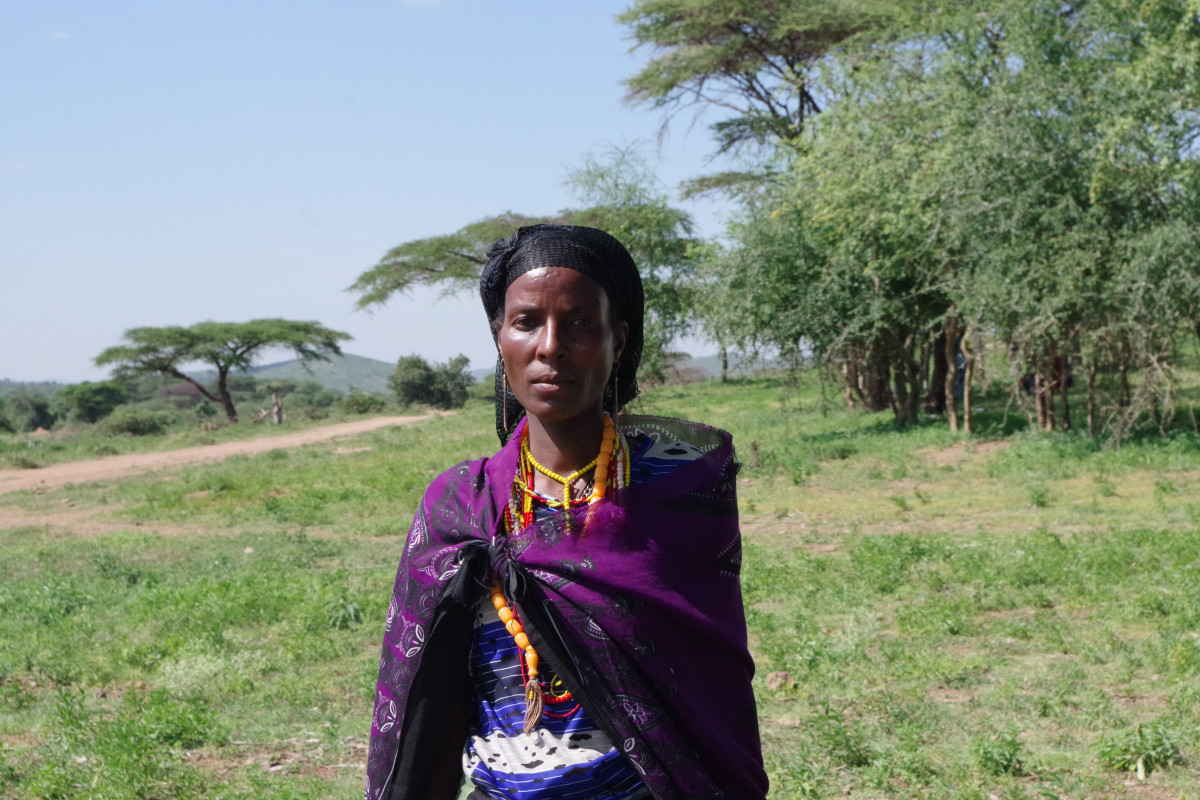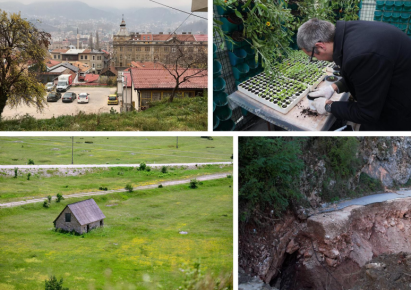Hope returns after drought in Ethiopia
Published: Apr 5, 2024 Reading time: 4 minutes Share: Share an articleThe Borana Zone is among the Ethiopian regions hit by the prolonged drought. The pastoralist community lost millions of heads of cattle, their primary source of income and economic foundation, making the zone susceptible to food shortages. Humanitarian aid is bringing hope back to the people.

Welcome to the Borana Zone in Ethiopia. It's a piece of land known for falling victim to the effects of climate change, as severe droughts are frequent. People wait for the rain for too long and lose their livelihoods. 570 km south of Addis Ababa, Ethiopia's capital, the zone, which is half the size of Portugal, has 75% lowland. Borana does not often make international news headlines, but it´s a place of thousands of stories. They are stories of human tragedies, resilience, and commitment to life.
Thanks to European Union funding, we support these communities with humanitarian aid to meet their most critical needs. Guyatu Turay (45) is one of those who received cash support for a fresh start. Guyatu, a single mother of four who earns her living as a daily labourer, walked for an hour to receive cash assistance.
Five years without rain
Her village, Mekanissa Kebele, located in Teltele Woreda of Borana Zone, was affected by the severe drought brought on by the lack of rainfall over the past five years. Her community lost a tremendous amount of livestock resources due to the drought. Livestock is a crucial source of food and income and a symbol of pride and social status for families in pastoralist communities. It is almost impossible for families to secure food and feed their cattle during this drought.
“When we woke up, we used to worry about what to feed to our children." – Guyatu
A governmental safety net programme used to support her, but that support has stopped.
Thousands of families had problems getting at least one meal per day.
Life was challenging during those hard times. Guyatu and her friends were inventing ways to at least earn a little money. During the drought, they collected firewood from the bushes in the mountainous areas near their village. They then walked 15 km, stopped at a road juncture, and sold it for 40-100 ETB (0,6 - 1,6 EUR).
“We fear that the drought may occur again.”
Rainfall came in the second half of 2023, and the lands began turning green again. Guyatu still fears that “the drought might occur again." She is afraid that another drought might wipe out their cattle and put them in a dire situation. She would appreciate more financial support, as she still has a food and drinking water shortage. She also wants to send their kids to school but lacks money to buy school materials.
Ethiopia needs more support, as the aid provided is inadequate. Last year, Ethiopia received only half of the $3.34 billion required for humanitarian needs.
More than 10 million people face severe hunger in the Afar, Oromia, SNNP, and South West regions. More than 7.4 million people need food assistance, and 4.4 million people need water, according to the United Nations.
Despite the large number of affected communities, we have tried to address the most acute needs. With our help, Guyatu bought chickens with her first round of cash support of 6900 ETB (€111) and managed to save 200 ETB (€3.20). She now plans to buy two goats with the second round of cash support.
Recently, we completed the second round of cash distributions in Oromia and Southern Ethiopia. This support covers three zones, 7 woredas, and 19 Kebeles in Konso, South Omo and the Borana Zones, reaching 2542 households. We distributed a total of 17,593,800 ETB (€282,732) during the second round.
Households were carefully selected to help those who needed it most. A committee established by community members controls the selection process and guides recipients on how to use the money effectively. Done Wario, one of the five committee members, explains:



